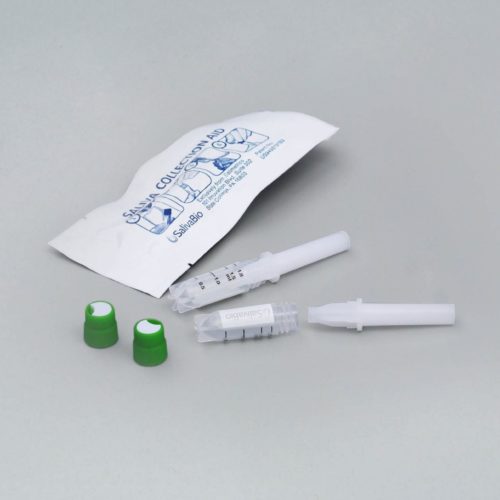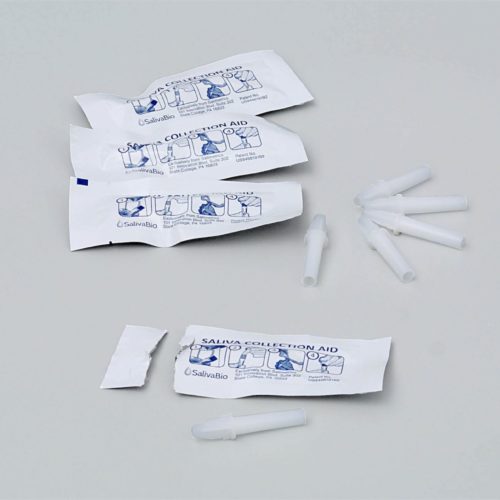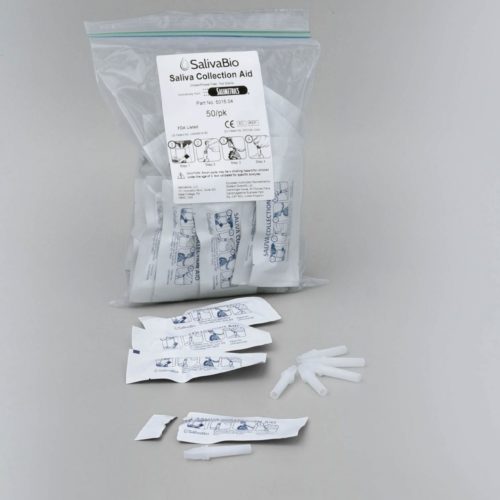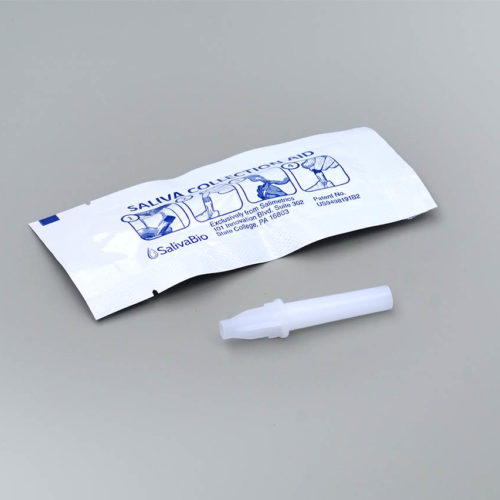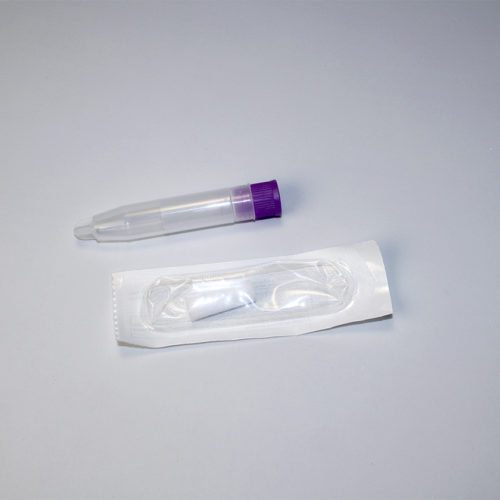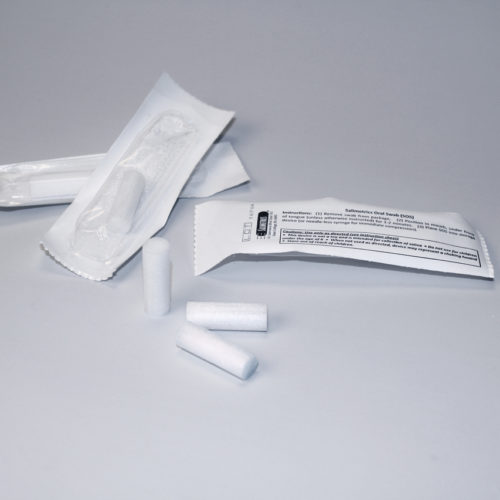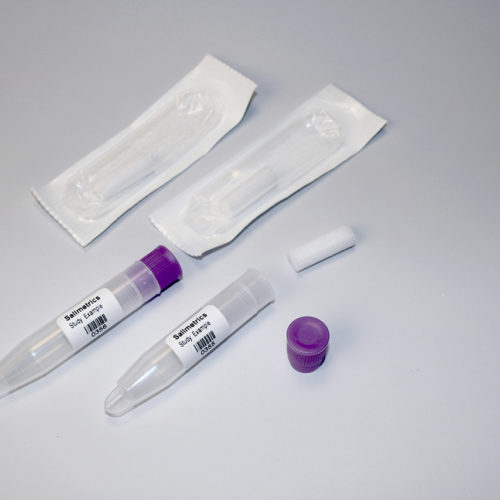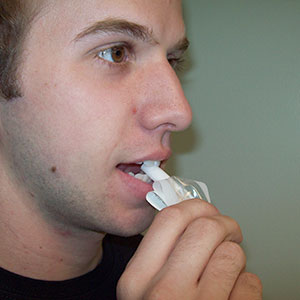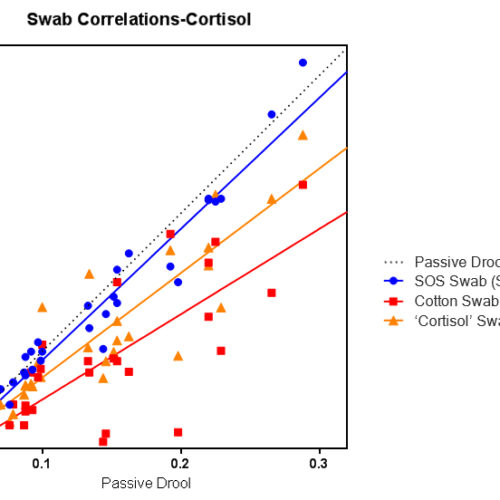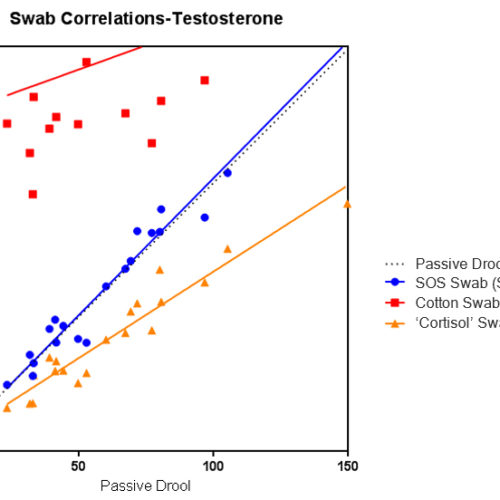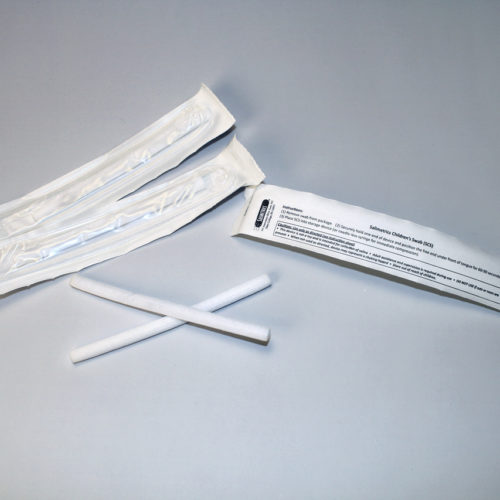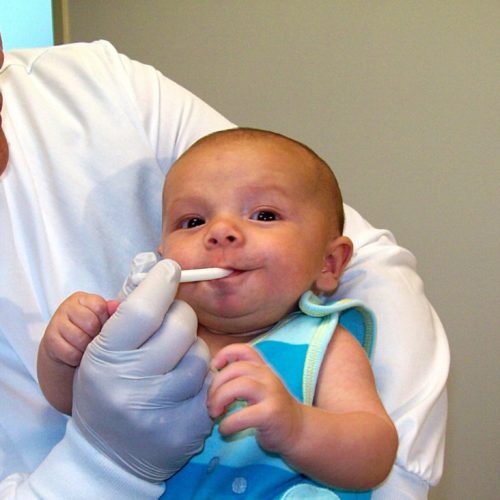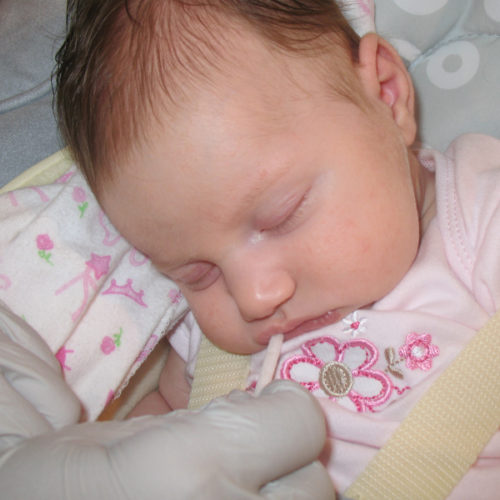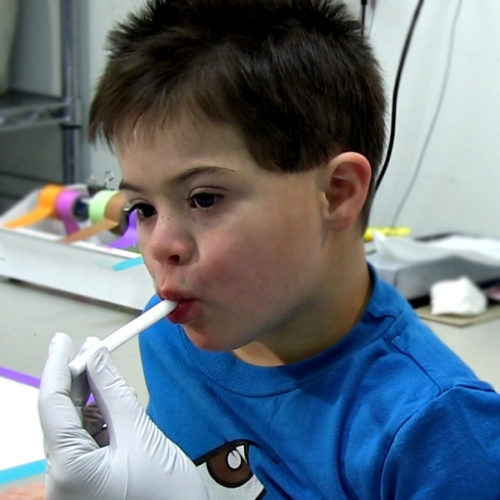The Salimetrics Salivary Estradiol (17-beta estradiol, oestradiol) Enzyme Immunoassay Kit was specifically designed to standardize the detection of estradiol in saliva samples for research and biomedical laboratories. Using a small sample volume, this assay kit has an extended range that spans the expected estradiol levels found in human saliva. The average inter- and intra-assay precision coefficients of variation are low with no deleterious matrix effects often found in saliva which are characterized through dilution- and spike-recovery validation procedures. This estradiol assay kit has also been formatted to minimize cross reactivity for related steroids.Estradiol (17β-estradiol, E2, 1,3,5(10)-estratriene-3, 17β-diol) is the most active naturally secreted estrogen. In men, estradiol originates in the testes and from extraglandular conversion of androgens. Circulating estradiol levels are relatively high at birth in both males and females, but decrease postnatally. Research concerning estradiol has focused predominantly on reproductive issues such as conception, ovulation, infertility, and menopause. Yet, estradiol affects a diversity of biological processes involved with pubertal and reproductive capacity, establishment and maintenance of pregnancy, infant care, coronary artery disease, immunocompetence, and cancer susceptibility. Estradiol is also believed to affect individual differences in cognitive and socioemotional processes, as well as psychopathology.

